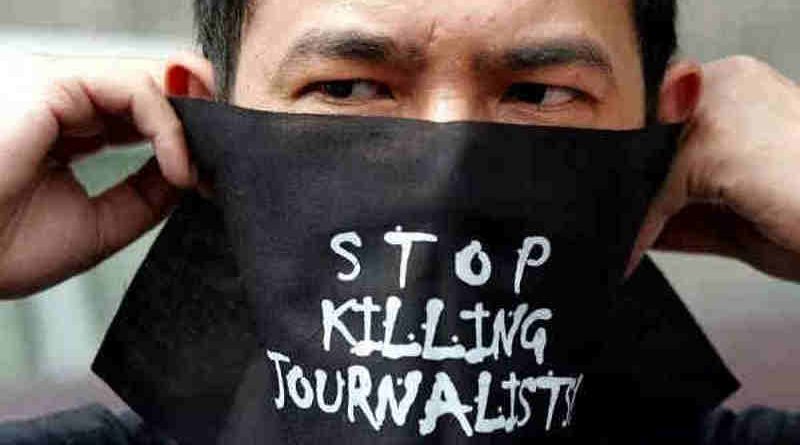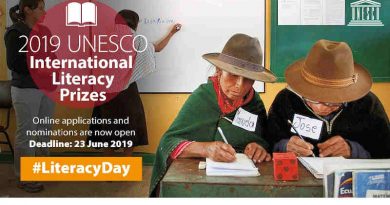UNESCO Releases Report on the Safety of Journalists

The report says that impunity for crimes against journalists continues to prevail.
The UNESCO Director-General’s Report responds to a call from the 39 Member States in UNESCO’s International Programme for the Development of Communication (IPDC).
The Report is said to be a unique mechanism within the UN system for monitoring the killings of journalists. It is submitted every two years to the IPDC’s Intergovernmental Council.
The key findings in the 2020 report reveal that in 2018-2019, UNESCO recorded a total of 156 killings of journalists worldwide. Overall, over the past decade, a journalist has been killed on average every four days. The year 2019 shows the lowest death toll recorded by UNESCO in the last decade with 57 deaths.
The report says that impunity for crimes against journalists continues to prevail. However, the year 2020 saw a slight decrease in the rate of impunity, with a percentage of 13% of cases worldwide reported as resolved in comparison to 12% in 2019, and 11% in 2018.
|
Editor’s Note Today there is no organization in the world that is working effectively to protect journalists from state excesses and police brutality. Although UNESCO and other UN agencies keep releasing loose statements and random reports about media freedom, they too have failed miserably to protect journalists in different countries. Similarly, the NGOs – such as Reporters Without Borders (RSF), Amnesty International, and Human Rights Watch – that claim to be working for press freedom and protection of journalists operate only as secondary news outlets. They lift news from here and there about attacks on journalists and simply publish it under their own banners on their websites. They cannot influence and change the brutal decisions of the authorities that are unleashing terror on journalists. By Rakesh Raman |
In 2019, the highest number of fatal attacks occurred in the Latin America and the Caribbean region, representing 40% of the total killings registered worldwide, followed by the Asia and the Pacific region with 26% of killings.
In 2020, 71% of Member States reacted to the Director-General’s request, marking a 10% increase in comparison to the previous year.
According to the report, most journalists were killed in countries with no armed conflict: In 2018-2019, 89 journalists were killed in countries with no armed conflict (54 in 2018; and 35 in 2019). The numbers killed in countries with armed conflict was 67 (45 in 2018 and 22 in 2019).
In December 2020, the UN Human Rights office and UNESCO joined forces with the Netherlands in a two-year initiative to promote press freedom and the safety of journalists worldwide.
The partnership will aim to put in place activities that foster an independent and free press and promote access to information. The partners action will also focus on the safety of journalists – paying particular attention to women journalists – and on ending impunity for violations committed against media professionals.
💛 Support Independent Journalism
If you find RMN News useful, please consider supporting us.




